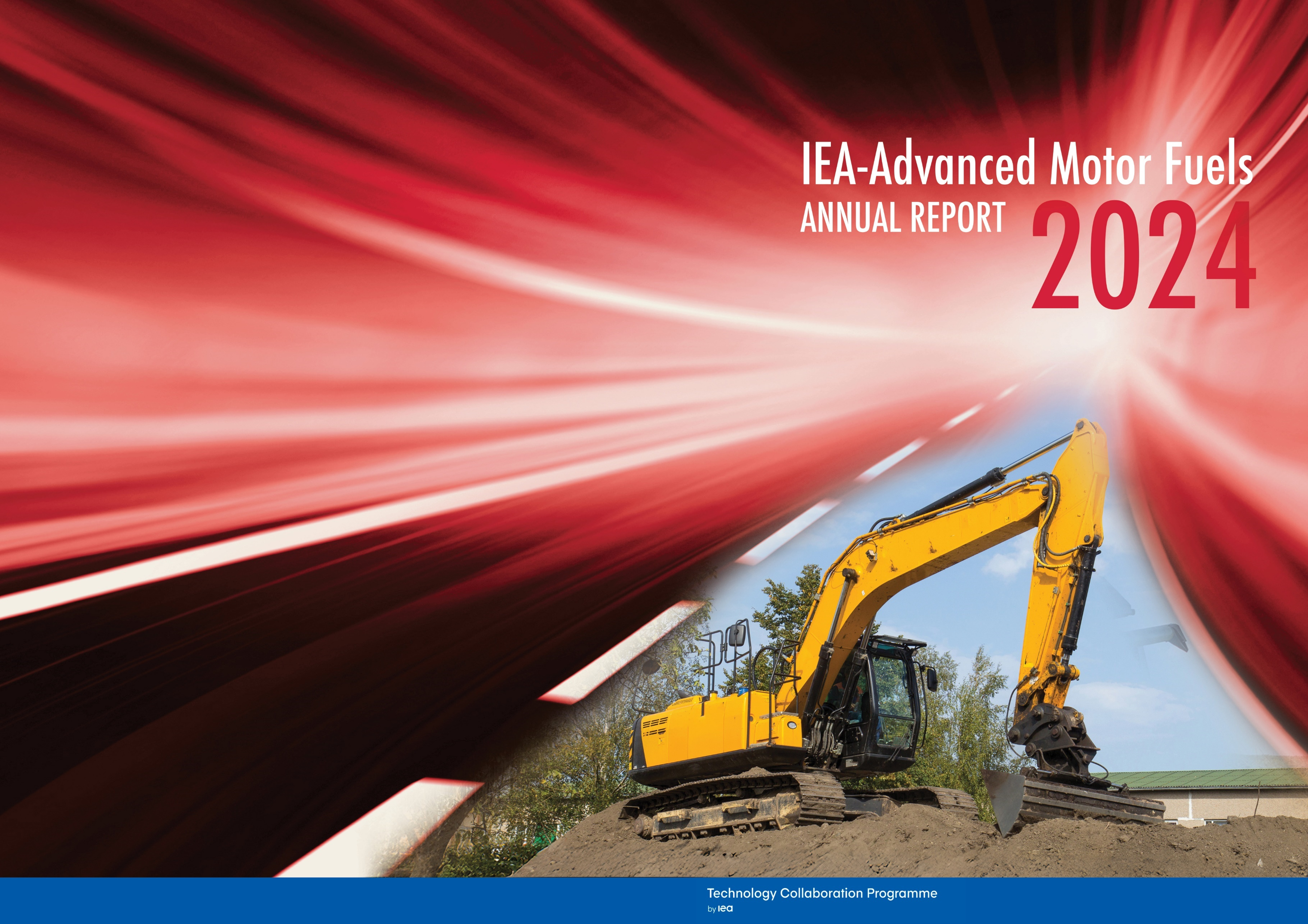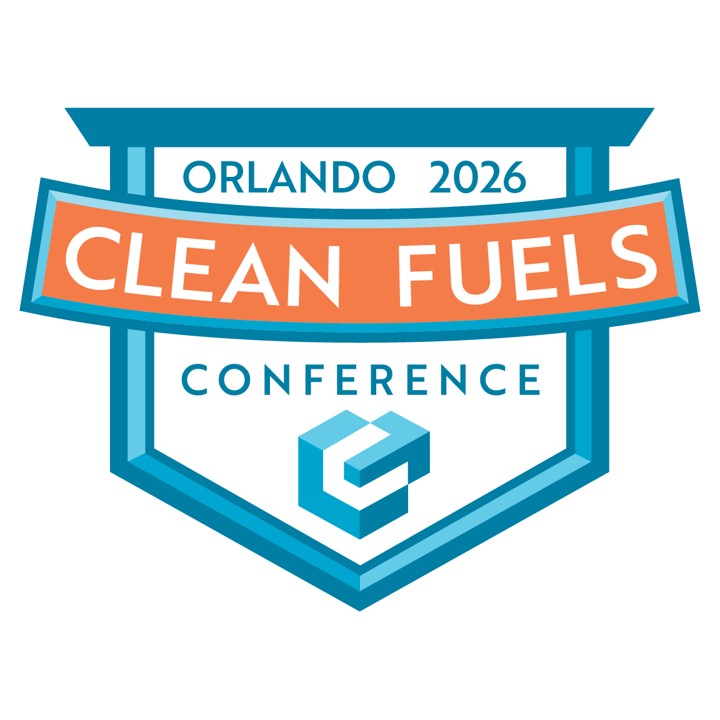Fuel for the future
Advanced motor fuels, applicable to all modes of transport, significantly contribute to a sustainable society around the globe. AMF brings stakeholders from different continents together for pooling and leveraging of knowledge and research capabilities in the field of advanced and sustainable transport fuels.

Fuel Types
The influence that advanced motor fuels have on the performance of vehicles, their effects on emissions and their compatibility with existing infrastructure are described in the "AMF Fuel Information System". The information provided is based on data and information from AMF projects (tasks).
| Diesel and Gasoline | Methane | Methanol |
| Bio/synthetic gasoline | LPG | Butanol |
| Bio/synthetic diesel | Oxygenates | DME |
| Fatty Acid Esters | Ethanol | Hydrogen |
| Oils and fats | Ethers | Ammonia |

40 Years of AMF Collaboration
IEA´s Technology Collaboration Programme on Advanced Motor Fuels (AMF) celebrated its 40th Anniversary in 2024.
This was the motivation to compile a document summarising the evolvement, activities and achievements of AMF.
Starting with activites related to fuels for road vehicles, AMF now also covers non-road mobile machinery, shipping and aviation, with the focus moving towards those modes of transportation, which are difficult to electrify.
Have a closer look at AMF TCPs work and its development over the last 40 years!
Most recent updated task reports
AMF projects (tasks) cover a range of topics including fuel comparisons, measurement methods and standardisation issues, but also deal with broader issues such as life cycle analysis, efficiency and deployment strategies.
|
E-Fuels and End-Use Final Report Key Messages
|
Sustainable Final Report Key Messages
|
Wear in engines Final Report Key Messages
|
Remote Emission Final Report Key Messages
|
The Progress of Final Report Key Messages
|

ANNUAL REPORT
Advanced low-carbon motor fuels reduce GHG emissions from the existing fleet
The AMF Annual Report provides information on the status of advanced motor fuels in AMF member countries and worldwide, and on the work carried out by AMF in individual projects (tasks). With its 14 member countries spanning the globe, AMF offers a truly broad view on the sector.







